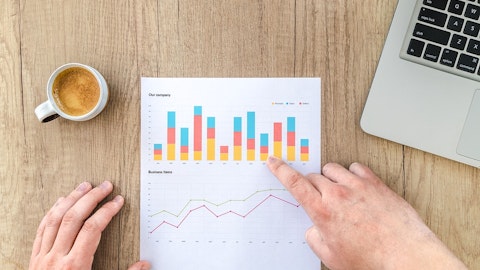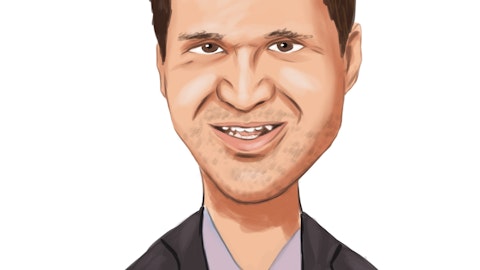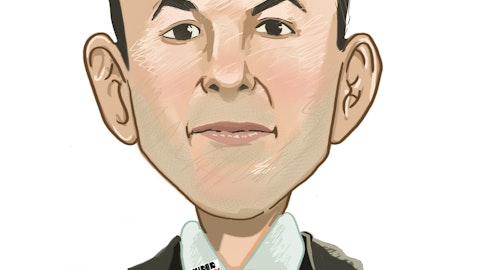And I think that this is helping to drive our recovery in terms of German sales. But also I think this phenomenon is happening around the world, which is why we believe that our sales have stabilized this year and are in the phase of recovery with the potential to help grow next year.
Tom Kerr: Okay. Thanks for that color. And a couple of financial questions. The quarterly burn rate expected to be around the same in the mid $4 million range, or does it go up or down the next let’s two to three quarters?
Phil Chan: Kathy, would you like to answer that?
Kathleen Bloch: I would. I think that right now as we’re wrapping up our STAR-T trial, for the fourth quarter is probably going to be similar to what we’ve experienced in the early quarters because we have a lot invoices from our CRO with whom we’re working, et cetera, for the closing processes. I think that we have been taking cost containment measures at CytoSorbents across our organizations and that you should see lower burn rate beginning with the New Year 2024. That will change again when we start up our STAR-D trial later in 2024 because that will add additional clinical cost.
Tom Kerr: But the submission on the START-T does it maintain or increase the burn rate in the first couple of quarters or is that a low cost type activity?
Kathleen Bloch: That’s no as expensive as the clinical study itself, and that will be done.
Tom Kerr: Right. Okay. One more financial one, why would you guys look for equity offering if you have a ATM equity program in place or is that the same thing you’re talking about?
Kathleen Bloch: We’re really talking about any type of –. Go ahead.
Phil Chan: Oh, sorry. No, I think one of the values of doing a standard equity offering is to bring new investors around the table and introduce the story to new investors. And so I think that was part of the goals and try to do that. I think with the ATM — it is a very useful and good vehicle that we’ve used previously very successfully. But the goal here was in front of data to basically have more investors focused on near term catalysts. So — but I think as Kathy mentioned, that we decided to not pursue that avenue and focused more on less or non-dilutive forms of financing for the moment given market conditions.
Tom Kerr: Got it. And there’s still roughly $23 million availability on the ATM, if I recall, if necessary.
Kathleen Bloch: That’s correct.
Phil Chan: That’s approximately correct.
Tom Kerr: Okay. That’s all I have for now. Thank you.
Phil Chan: Thank you, Tom.
Operator: And we will take our next question from Sean Lee with H.C. Wainwright.
Sean Lee: Good afternoon, guys, and thanks for taking my questions. My first one is on the START-T. So with the potential for data by the end of this year and the regulatory submission next year, what needs to be done before you can file for submission? And in terms of commercialization, have you done any — started building out any structures in the US?
Phil Chan: Irina, would you like to take that?
Irina Kulinets: Yeah, sure. In terms of submission to Food and Drug Administration it is quite a sensitive document, which would be based on our results of clinical trials, STAR-T clinical trial as well as all extensive preclinical and manufacturing package, which we’re developing as listed. The last piece of information, of course, would be a clinical study report, which will be at the heart of this submission. It will be submitted at some point early in 2024 based on availability of clinical study report. Phil, would you take the second part of the question?
Phil Chan: Yeah, Sean, if you could just repeat that second part please.
Sean Lee: Yes. I was just wondering what preparations have you made so far in terms of for commercialization in the US, assuming that the study and the submission goes well. Yeah. So Vincent, would you like to take that question?




